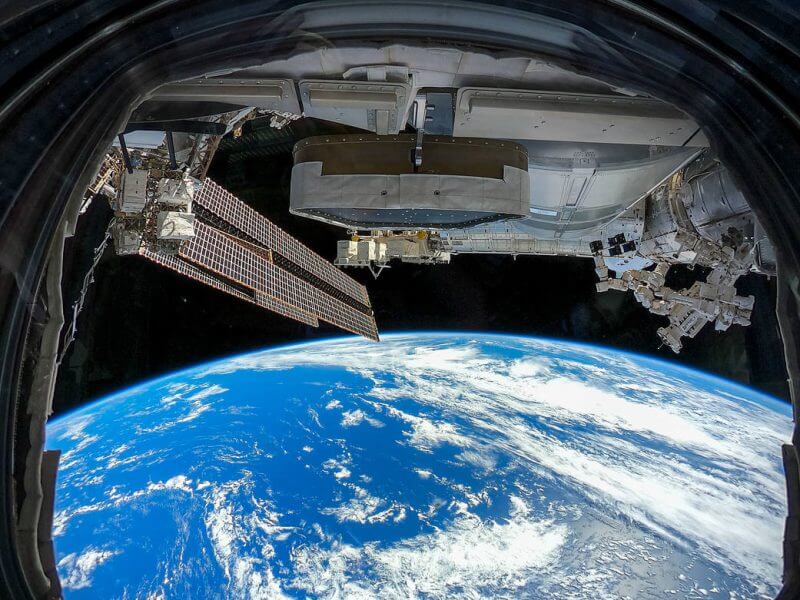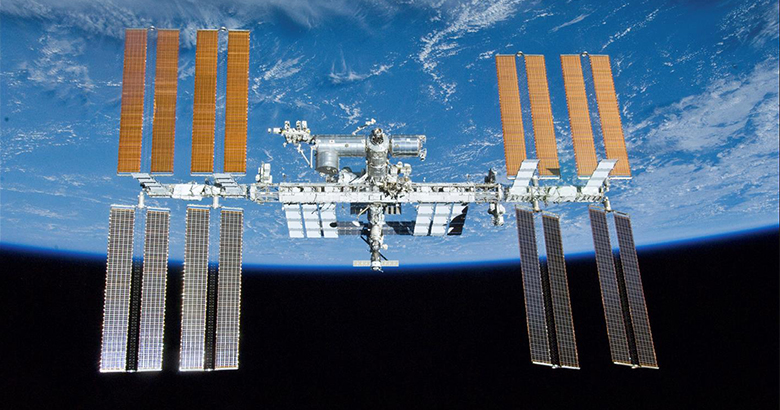According to the International Space Station Transition Report provided by NASA to the US Congress last month, the decommissioning of the International Space Station (ISS) is about to happen in 2031. This comes with a plan to deorbit it above an uninhabited part of the Pacific Ocean known as "Point Nemo".
"The technical lifetime of the ISS is limited by the primary structure, which includes the modules, radiators, and truss structures," states the report, addressing NASA's assessment on the remaining useful life of the ISS. It also mentions its role in transferring Low Earth Orbit (LEO) operations to private industry. The report further states that the primary structure of the ISS is affected by dynamic loading and Orbit Thermal Cycling.

So, NASA is going to have the ISS slowly start, pushing against its orbit, at regular intervals over the next few years. Then, gradually lower its operational altitude from its current height which is about 254 miles/408km to approximately 210 miles/340km by 2030. The Final Crew of ISS will carry out the "Point of No Return" which clears out any salvageable material and equipment along with performing the deceleration burns to see its altitude drop.
After performing maneuvers to line up with the ground track and debris footprint over the area around Point Nemo, ISS operators will perform the ISS Re-Entry burn – the final push to lower ISS as much as possible. This will ensure safe atmospheric entry. Even though the ISS is to be burnt up upon the re-entry, that does not guarantee that debris reaching the surface will not happen. For that, a final resting place for the remains of the ISS is selected in a remote region of the South Pacific.
The final dive of the ISS is to happen in January 2031.
Can the International Space Station operate further?
The ISS is slowly falling apart!
Every time a vehicle docks with the ISS, the vibrations reverberate through its primary structure. That results in slightly degrading its strength and will reduce the ISS's structural integrity. Decades of Thermal Stress Effects of cycling between 250ºF (121ºC) and -250ºF (-157ºC) add up to about 32 500ºF (278ºC) temperature swings a day, resulting in the metal structure of the ISS to expand and contract in a steady cycle like a sine wave. This can cause weakening the underlying structure and parts of the structure to fail.
It is better to decommission the station safely before it happens itself and end so it does not pose a threat to anyone on the ground.
Also, there is no doubt that the ISS had a good run and is undoubtedly one of the greatest scientific and engineering achievements of the civilization, so it deserves the best farewell an ISS can be given.
Landscape Architect | Author of Get Basic Idea.

